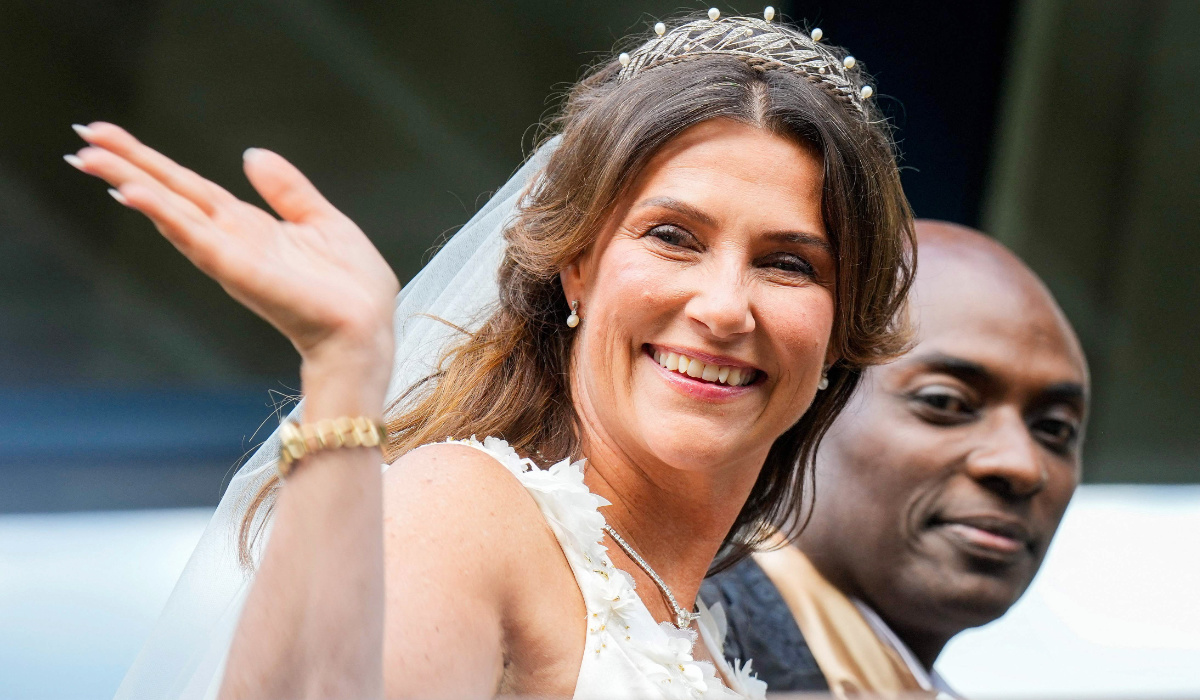JERUSALEM: Israel on Sunday said it had asked lyricists to revise its proposed Eurovision Song Contest entries, potentially heading off a dispute with organizers over political content.
Authorities last week said Israel would not be able to participate in this year’s edition of the popular competition if organizers rejected the song choice, which reportedly referenced victims of Hamas’s October 7 attack on southern Israel that triggered the ongoing war in Gaza.
Eurovision rules ban political content.
In a statement on Sunday, Israeli public broadcaster Kan said President Isaac Herzog had called for “necessary adjustments” that would ensure Israel’s inclusion in the event, which it has won four times.
This year’s competition is set to be held in Sweden in May.
The Israeli broadcaster “contacted the lyricists of the two selected songs, ‘October Rain’ which was chosen in first place, and ‘Dance Forever’ which came in second place, and asked them to readapt the texts, while preserving their artistic freedom,” the statement said.
“Among the new texts that will be proposed, Kan will choose the song that will be sent to the Eurovision supervisory committee, so that it approves Israel’s participation in the competition.”
The selected song, to be performed by 20-year-old Russian-Israeli singer Eden Golan, will be revealed on March 10, the statement said.
One line from the original lyrics of “October Rain” read: “They were all good children, every one of them.”
“There is no air left to breathe, There is no place for me,” the song ends, according to Kan, which has published the lyrics in full on its website.
Israel in 1973 became the first non-European country to enter Eurovision, and its participation and hosting of the event have regularly run into controversy.
In 2019, Icelandic band Hatari, who previously challenged Prime Minister Benjamin Netanyahu to a Nordic folk wrestling match, made pro-Palestinian statements during the vote count in Tel Aviv.
Organizers also gave US pop icon Madonna a ticking off after her dancers flouted political neutrality rules by wearing Israeli and Palestinian flags on their costumes.
This year’s competition comes against the backdrop of the war, sparked by the Hamas attack which resulted in the deaths of around 1,160 people in Israel, according to an AFP tally based on official figures.
Militants also took about 250 hostages, with 130 still held in Gaza although 31 are believed to be dead, Israeli officials said.
Israel’s military response has killed at least 30,410 people in Gaza, according to the health ministry in the Hamas-run territory.
Kan late last month said it had “no intention to replace the song,” threatening to withdraw unless the European Broadcasting Union which oversees the song contest approves its entry.
But Herzog “emphasized that it is precisely at a time when those who hate us are seeking to repress and boycott the State of Israel” that the country “must raise its voice... loud and clear in every world forum,” Sunday’s Kan statement said.
Israel to revise Eurovision entries said to allude to Hamas attack
https://arab.news/w46vq
Israel to revise Eurovision entries said to allude to Hamas attack

- The selected song will be revealed on March 10































